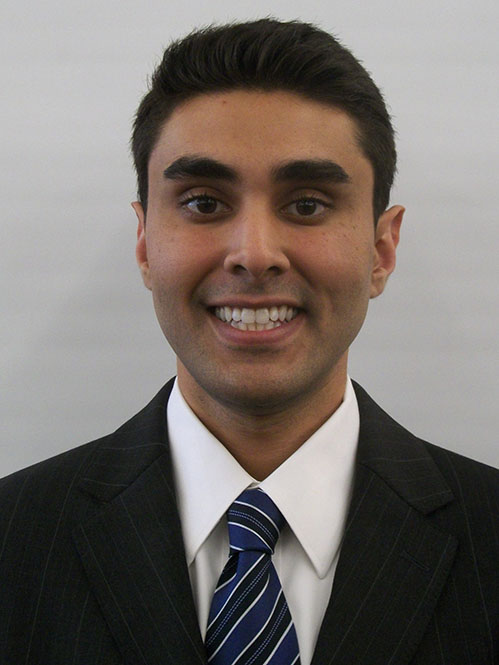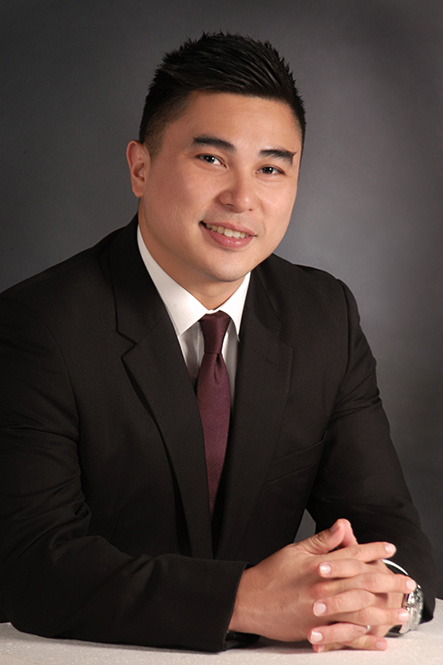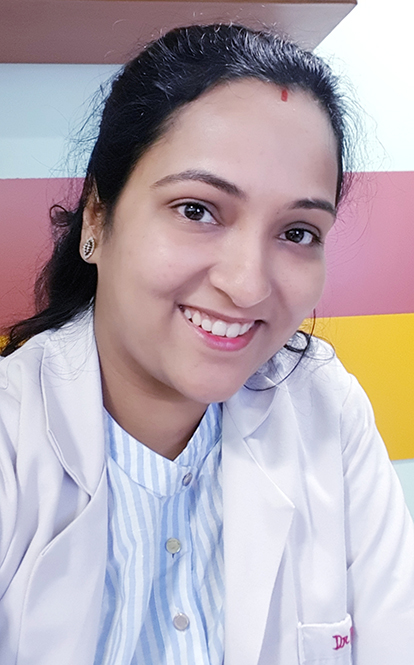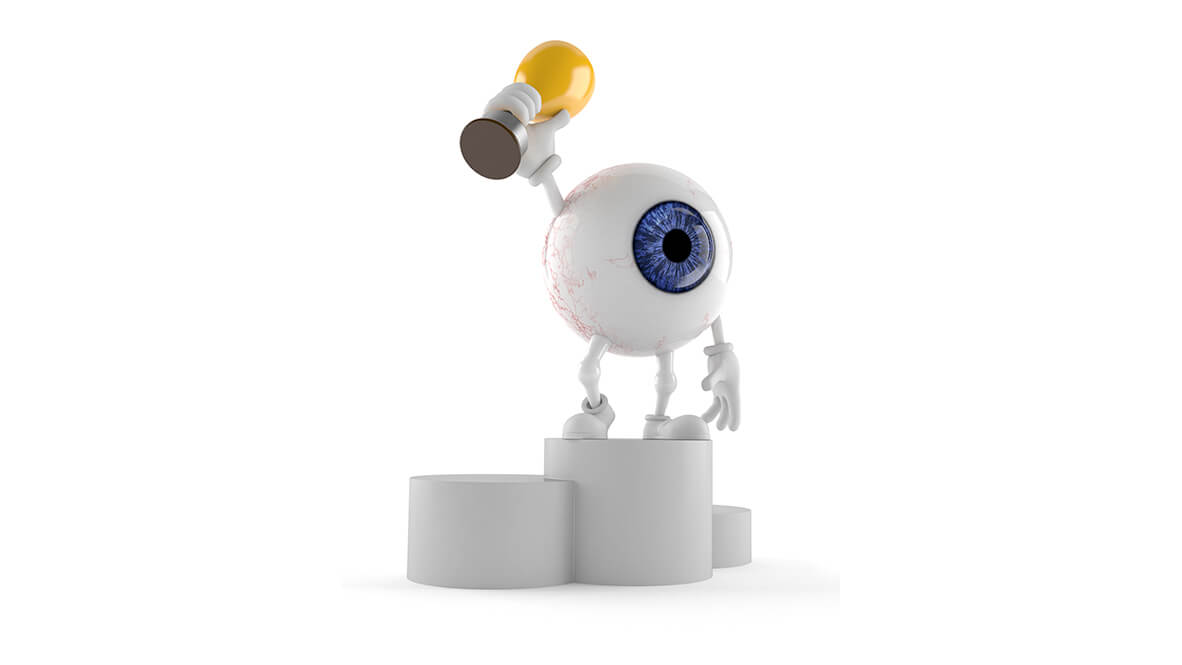A healthy ocular surface plays a major role in postoperative recovery. Therefore, optimizing ocular surface care before surgery, like in cataract surgery, provides a comfortable ground for intraoperative maneuvers, and allows for the healthy healing of wounds and decreases the chances of postoperative infections.
The ocular surface assumes an even more important role in corneal transplant surgery (keratoplasty), where even seemingly mild inflammations can trigger rejection episodes, which can be detrimental to graft survival.
In this article, three corneal experts discussed five ways to integrate ocular surface care into patients’ regimens.
1. Note the importance of an accurate diagnosis.
According to Dr. Saba Al-Hashimi, assistant professor of ophthalmology in the corneal division of UCLA Stein Eye Institute, Los Angeles, the most important factor in obtaining a positive surgical outcome is making an accurate diagnosis.
“There are a number of different factors that impact the ocular surface, from mechanical issues like lagophthalmos, to aqueous deficient or evaporative dry eye disease. Uncontrolled blepharitis is often overlooked as another contributing factor to poor ocular surface health. In our dedicated dry eye clinic, we spend a significant amount of time testing all parts of the ocular surface. Tests that we perform include the matrix metalloproteinase 9 (MMP-9), tear film osmolarity, non-contact tear break-up time, meibography and slit lamp exam.”
For example, he said, if you have a patient who complains of dry eyes while sleeping and requires waking up in the middle of the night to apply lubricating eye drops, it should heighten your suspicion for nocturnal lagophthalmos. “When the eyes are closed during sleep, the ocular surface should remain protected. A simple intervention like asking the patient to wear a sleeping mask designed to keep the eyes closed and protected during sleep can greatly help.”
He added that for those with aqueous deficient dry eye disease, such as Sjögren’s syndrome or ocular graft versus host disease (GVHD), punctal occlusion (sometimes in all four lids), can markedly improve the symptoms. “If there is surface inflammation, it should be addressed first with either a course of topical steroids or steroid- sparing agents like cyclosporine or lifitegrast. If punctal plugs are intolerable or fall out frequently, punctal cauterization can be performed,” explained Dr. Al-Hashimi.
2. Identify systemic conditions and medications that may contribute to dry eye.
According to Assoc. Prof. Marcus Ang, consultant ophthalmologist at the Cornea and Refractive Service, Singapore National Eye Centre, it is important to identify certain systemic conditions or medications that may also contribute to dry eye.
“Autoimmune disorders such as lupus and rheumatoid arthritis, as well as common conditions such as diabetes mellitus, thyroid disorders and Vitamin A deficiency may cause dry eye,” said Assoc. Prof. Ang. “Seasonal allergies or allergic conjunctivitis can also aggravate dry eye. Therefore, it is sometimes important for physicians to look beyond the eye and identify these conditions.”
He added that the use of certain medications such as anti-glaucoma eye drops, antihistamines, antidepressants, hormone replacement therapy and medications for Parkinson’s disease has also been associated with dry eye. Discussion with the primary physician to reduce or change these medications may help.
3. Emphasize the significance of lid hygiene and use of warm compress.
Dr. Al-Hashimi noted that the emphasis on lid hygiene can be of significant benefit if the patient can remain compliant. “For those with significant blepharitis, a dedicated lid cleanser has been shown to be well-tolerated, reduce ocular surface MMP-9 levels and improve lipid layer quality. A warm compress used consistently for at least five minutes a day has been demonstrated to improve symptom scores and tear film function.”
In addition, according to Assoc. Prof. Ang: “Regular use of lid wipes and lid cleansing solution with clean cotton buds, or wipes every night, is also helpful.”
4. Watch your prescription.
According to corneal surgeon Dr. Pooja Shukla, a senior fellow in the Department of Cornea, Sri Sankaradeva Nethralaya, Guwahati, India, eye physicians should avoid prescribing unnecessary or multiple medications to their patients.
“It is important to avoid excessive instillation of topical drugs and pre-medications during examination or surgery,” Dr. Shukla said. “It is also good to have a protocol for para clinical staff or health workers who prepare your patients. Besides, keeping a meticulous record of adverse events for newly prescribed or launched medication goes a long way in ensuring a happy patient and a safe ocular surface,” she explained.
5. Identify and modify lifestyle or activities that exacerbate dry eye.
All three doctors agree that certain lifestyle activities can contribute to dry eye. “In some individuals, prolonged periods of screen time lead to insufficient blinking, which may worsen dry eye disease,” noted Assoc. Prof. Ang.
“For patients who spend a lot of time reading or doing computer work, we need to remind them that the blinking rate is reduced when focusing on such tasks. It is, therefore, helpful to take frequent breaks and use lubricating drops before symptoms become severe,” added Dr. Al-Hashimi.
As for Dr. Shukla, she advised patients to limit screen time and take five-minute breaks for every 45 minutes to one hour of work at the computer, and to try to incorporate simple exercises in their daily routine, such as squeezing the eyelids together.
“Avoid using too many cosmetics in and around the eyes and never sleep with makeup on. Contact lens wearers should adhere to the proper protocol of wearing contacts and never sleep without removing them,” she said.







Punctal Occlusion improves the effectiveness of lubricating drops and topically applied ocular medications by increasing the dwell time in pre-corneal tears and by reducing drainage away from the eye. Collagen Plugs identify those with mild to moderate Dry Eye that may respond favorably to longer lasting Punctal Occlusion.
Gilbert ML, Wilhelmus KR, Osato MS. Intracanalicular collagen implants enhance topical antibiotic bioavailability. Cornea. 1986;5(3):167-171. doi:10.1097/00003226-198605030-00010